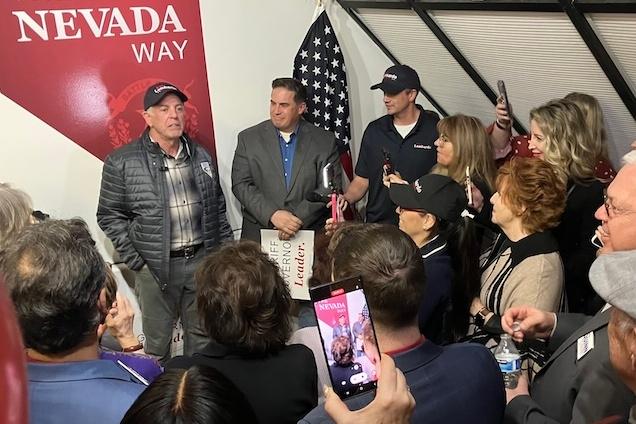What a difference two years—and $5.7 trillion in federal money—makes in fostering dramatic reversals of fortune for state and local budget managers.
In spring 2020, governments were confronted with cascading costs in managing the public health response to the COVID-19 outbreak, spiking unemployment, and steep revenue declines resulting from business disruption and restrictions.





